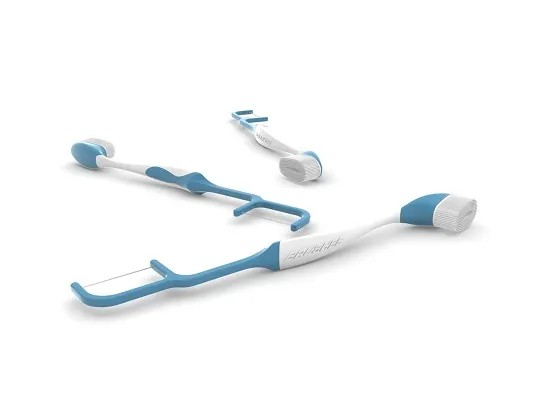Clear aligners like Invisalign differ from traditional metal braces in several key ways:
Can children use clear aligners, or are they only for adults?
- Aligners are removable plastic trays, while braces are fixed metal brackets cemented to teeth.
- Aligners are nearly invisible, while braces are highly visible. This allows more discreet teeth straightening.
- Aligners use smooth, gradual force to move teeth, compared to braces using wires and bands that apply stronger forces.
- Patients can remove aligners for eating, brushing, special occasions, and sports. Braces are fixed in place 24/7.
- Aligners allow normal brushing and flossing, while braces make oral hygiene more challenging.
- Aligner treatment may have fewer food restrictions. Braces limit sticky, hard, chewy, and sugary foods.
- Aligners offer more comfortable initial adjustment compared to braces. However, aligners require excellent compliance with 20-22 hour daily wear.
- Aligner treatment may require fewer in-office visits compared to monthly braces tightening appointments.
- Aligners are more expensive upfront cost than braces, though offer a discreet and comfortable alternative.
Overall, clear aligners provide an outstanding removable option for discreet teeth straightening in many cases.


